Remember when being different wasn’t just accepted – it was celebrated? The 1980s gave us a treasure trove of films that turned social outcasts into heroes we couldn’t help but root for. These movies showed us that the kids eating lunch alone or wearing thrift store clothes might just be the most interesting people in the room, with lessons to teach the popular crowd about authenticity, courage, and the power of being unapologetically yourself.
1. The Breakfast Club (1985)
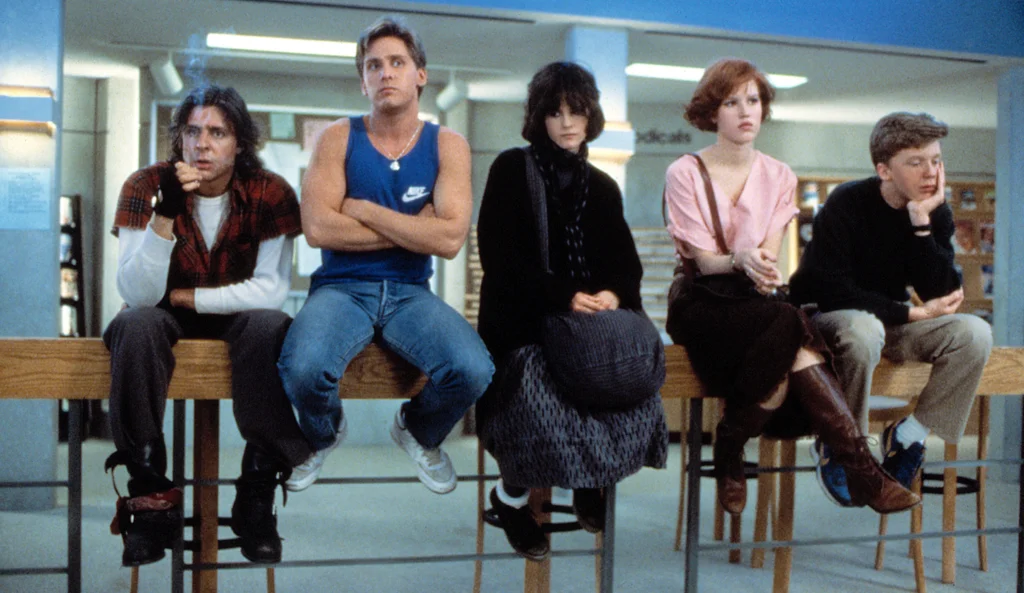
Five teenagers from different social cliques spend a Saturday detention together and discover they have more in common than they thought. The brain, the athlete, the basket case, the princess, and the criminal each brought their own brand of misfit energy to the screen, showing us that everyone feels like an outsider sometimes. Director John Hughes captured the universal teenage experience of feeling misunderstood while giving audiences permission to embrace their true selves. GoldDerby considers this film in particular the quintessential teen film of the 1980s.
The film’s iconic final scene – with Judd Nelson’s fist pump as Simple Minds’ “Don’t You (Forget About Me)” plays – still gives viewers goosebumps nearly four decades later. The Breakfast Club didn’t just entertain us; it validated our insecurities and reminded us that beneath our carefully constructed personas, we’re all fighting similar battles. This cultural touchstone grossed over $51 million on a $1 million budget, proving that authentic storytelling about teenage alienation could resonate with audiences of all ages.
2. Sixteen Candles (1984)
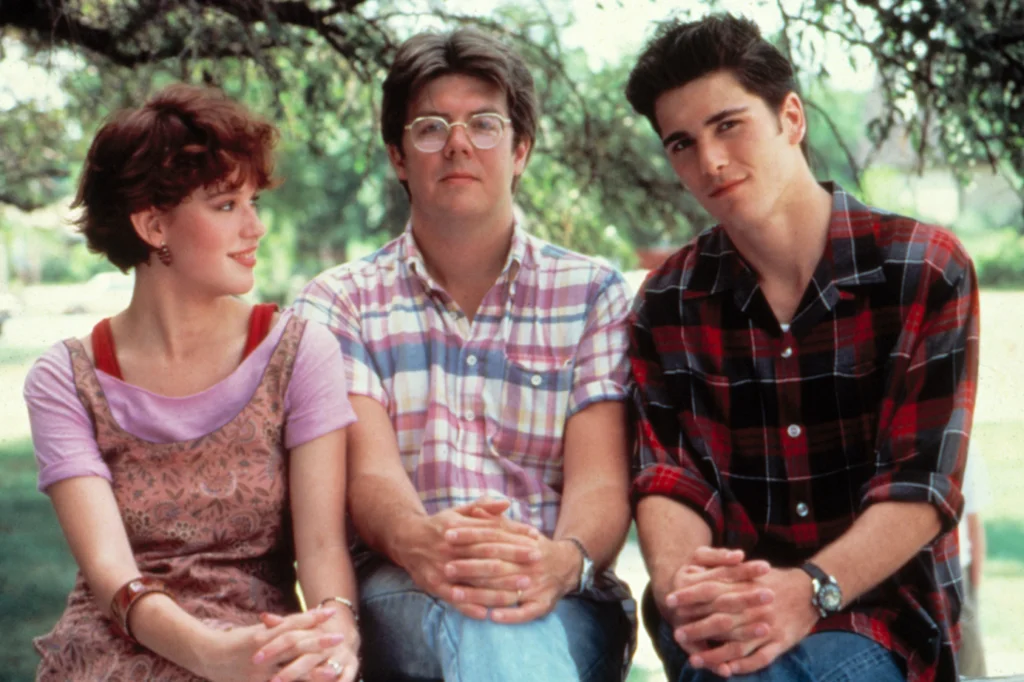
Samantha Baker’s sixteenth birthday is completely forgotten by her family, setting the stage for one of the most relatable coming-of-age stories ever told. Molly Ringwald perfectly embodied the awkward teenage experience – from unrequited crushes to embarrassing family moments – making viewers feel less alone in their own adolescent struggles. John Hughes’ sharp dialogue and genuine empathy for teenage experiences created a world where being overlooked somehow felt like a superpower. Gateway Film Center reflects on the movie’s power to still resonate four decades since its premiere.
The film’s enduring appeal lies in its honest portrayal of how it feels to be ordinary when everyone else seems extraordinary. Samantha’s journey from invisible to visible happens not because she changes who she is, but because she stays true to herself throughout the chaos. Released in May 1984, the film earned $23.7 million domestically and became a sleepover staple for generations of teenagers who found comfort in knowing that feeling out of place is a universal experience.
3. Real Genius (1985)
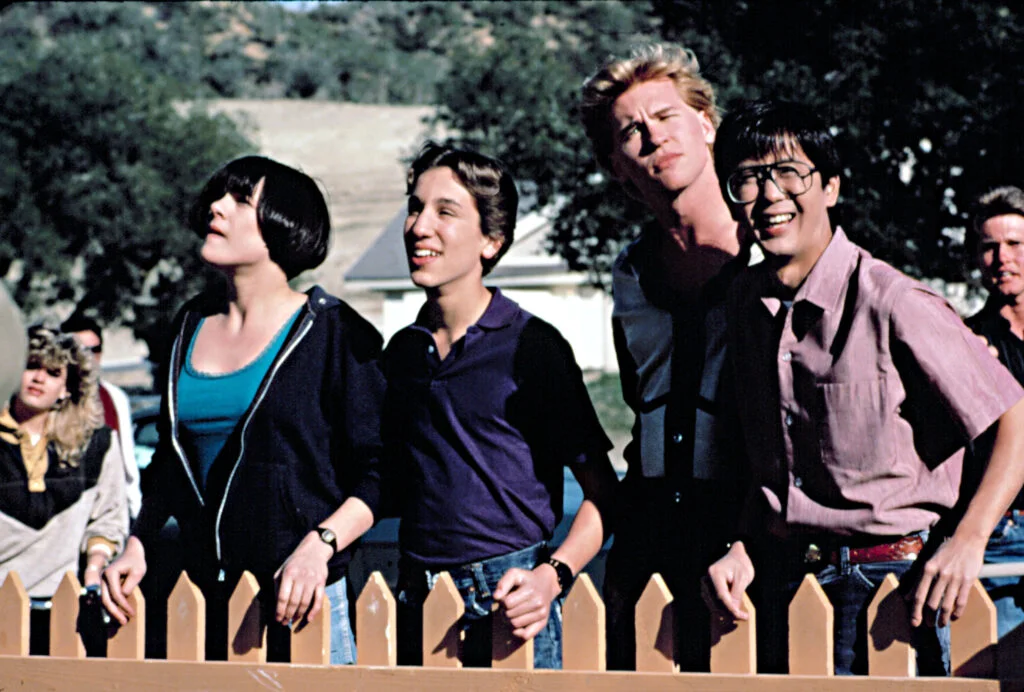
This underrated gem follows a group of brilliant but socially awkward college students as they navigate the pressures of academia while discovering the importance of using their gifts for good. Val Kilmer shines as Chris Knight, a genius who’s learned to balance his exceptional intelligence with a healthy dose of mischief and humanity. The film celebrates intellectual curiosity and reminds viewers that conventional success means nothing without personal fulfillment and ethical boundaries. Ars Technica considers celebrating this movie mandatory, especially as it crosses that 40-year mark.
The Pacific Tech students use their outsider status to their advantage, turning their quirks into strengths as they battle against authority figures who would misuse their talents. The famous popcorn finale – where they fill their professor’s house with popcorn that explodes out the windows and doors – symbolizes the joy of intellectual rebellion against soulless ambition. Directed by Martha Coolidge, Real Genius has developed a dedicated cult following over the decades, particularly among viewers who felt too smart, too weird, or too questioning for their own environments.
4. The Goonies (1985)
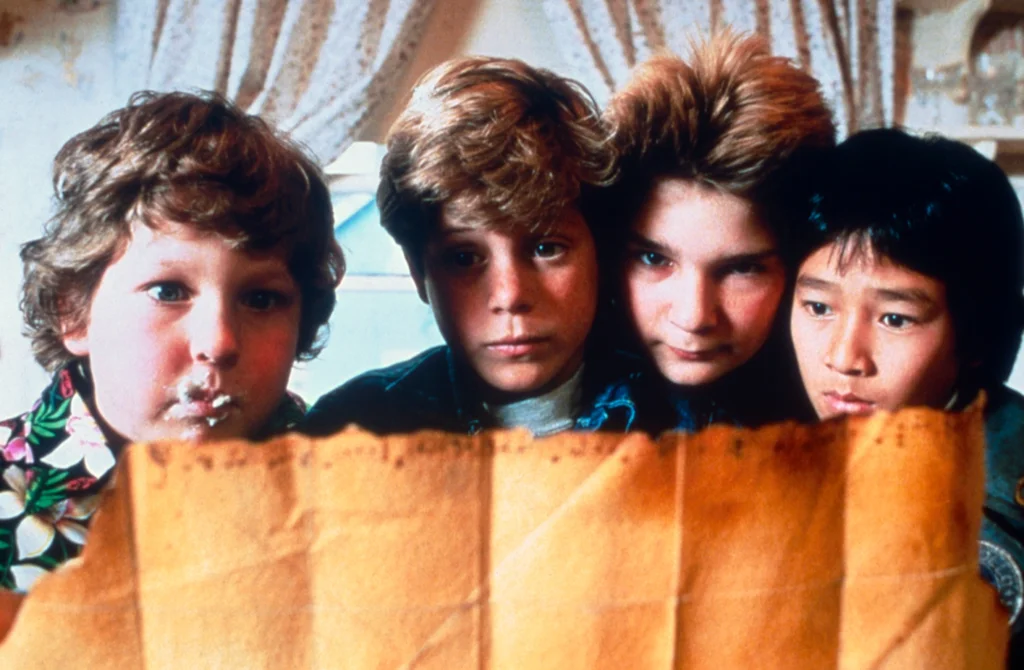
A band of misfit kids from the “wrong side of the tracks” embark on an adventure to find pirate treasure and save their homes from foreclosure. Each Goonie brings something unique to the group – asthmatic leadership, inventive gadgetry, motor-mouth humor, or piano-playing strength – proving that a team of outcasts can accomplish amazing things when they work together. Richard Donner’s direction combined with Steven Spielberg’s story created a world where being from the “Goon Docks” wasn’t a limitation but a badge of honor. Collider doesn’t have high hopes for the greenlit sequel announced a year ago, but fans may have some reason to stay hopeful.
The film’s enduring message about friendship and believing in yourself has kept it relevant for generations of viewers. The Goonies never say die, and neither does our love for this movie that showed us underdogs can save the day through perseverance, loyalty, and a willingness to embrace adventure. Released in June 1985, the film earned $61.5 million domestically and has become such a cultural phenomenon that thousands of fans still make pilgrimages to Astoria, Oregon, where it was filmed.
5. Ferris Bueller’s Day Off (1986)
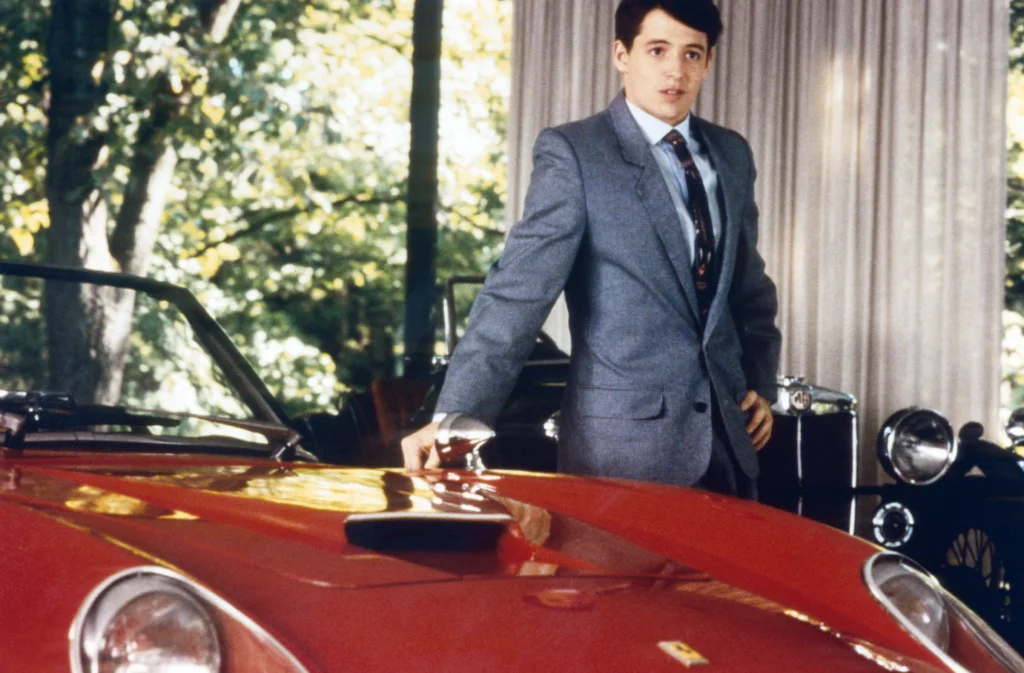
Ferris Bueller may seem like the ultimate cool kid, but he’s actually a subversive who rejects the values of his conformist suburban community. Matthew Broderick’s fourth-wall-breaking character taught us that breaking rules can sometimes be the most authentic way to live, especially when those rules exist just to maintain a stifling status quo. John Hughes captured the universal desire to escape expectations and live life on your own terms, if only for a day.
The film’s theme of “life moves pretty fast – if you don’t stop and look around once in a while, you could miss it” still resonates with anyone who’s ever felt trapped by routine or expectations. Ferris and his friends – the anxious Cameron and the overlooked Sloane – create a day of authentic experiences against the backdrop of Chicago, proving that sometimes the most responsible thing you can do is be irresponsible. Released in June 1986, the film earned $70.1 million domestically and has become a cultural touchstone that celebrates the spirit of joyful rebellion.
6. Better Off Dead (1985)
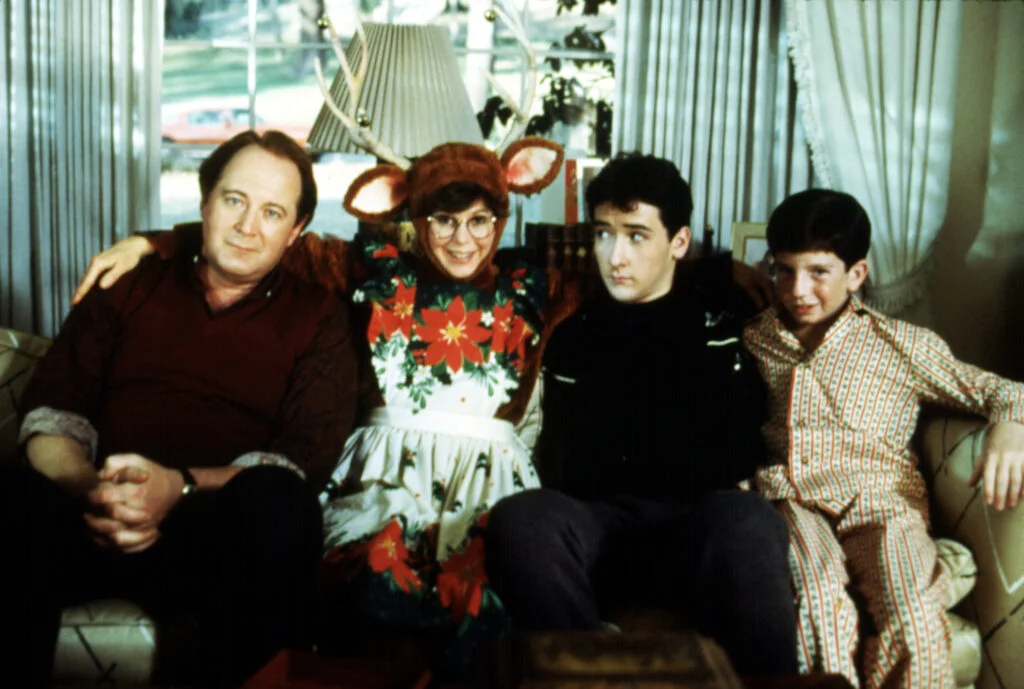
Lane Meyer’s life is falling apart – he’s been dumped by his girlfriend, can’t seem to please his father, and is constantly harassed by a paperboy demanding payment. John Cusack’s deadpan performance as a suicidal teen who finds reasons to live makes this dark comedy surprisingly uplifting as Lane discovers his own worth beyond his heartbreak. The film’s surreal humor and animated sequences create a world where being deeply weird is the only sane response to life’s absurdities.
Lane’s journey from heartbroken to hopeful happens through encounters with an array of fellow misfits – from the determined exchange student Monique to the burger-flipping best friend Charles. Savage Steve Holland’s directorial debut cost just $3 million to make but has developed such a dedicated following that lines like “I want my two dollars!” and “Go that way, really fast” have become part of the cultural lexicon. Better Off Dead reminds us that sometimes hitting rock bottom is the perfect opportunity to rebuild yourself on your own terms.
7. Revenge of the Nerds (1984)
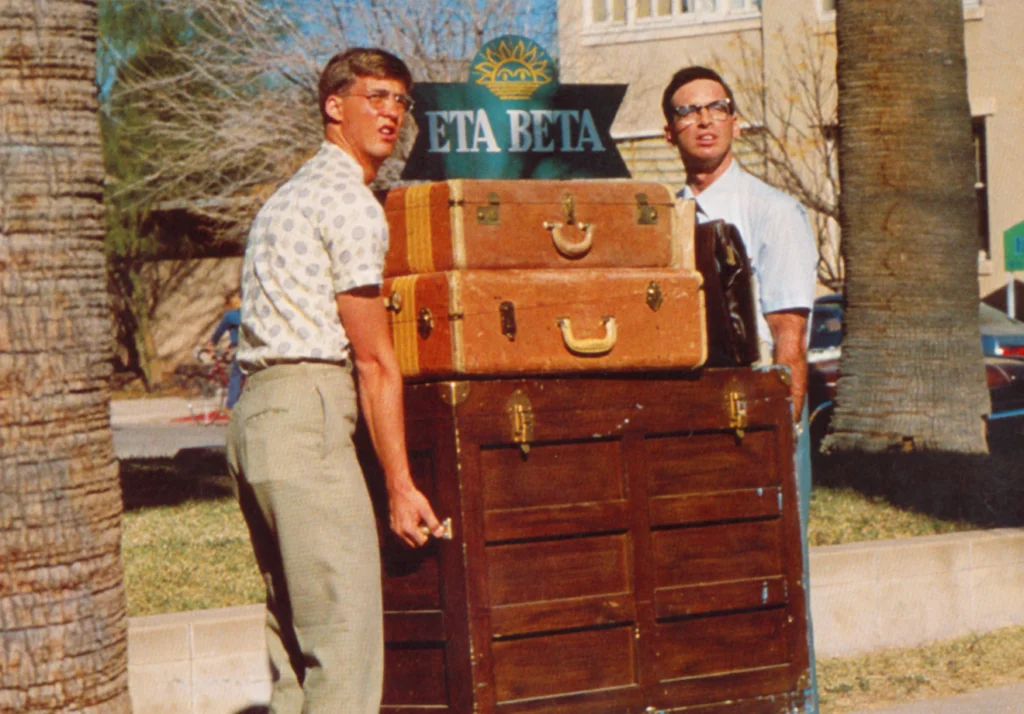
When a group of academically gifted students are bullied by the jocks at Adams College, they form their own fraternity and fight back against the social hierarchy. The film’s message that “nerds” possess qualities that actually make them superior – intelligence, creativity, and sensitivity – was revolutionary in an era that typically celebrated athletic prowess above all else. Though some elements haven’t aged well, the core message about embracing your authentic self and finding your tribe still resonates.
The Lambda Lambda Lambda fraternity’s ultimate victory comes not through becoming like their tormentors, but by doubling down on their unique strengths and challenging the very system that marginalized them. The nerds’ triumph at the Greek Games during the film’s climax showed audiences that social categories are artificial constructs that can be dismantled when brave individuals refuse to accept them. Released in July 1984, the film cost $8 million to make and earned $40.9 million domestically, spawning three sequels and helping reclaim the word “nerd” as a positive identity.
8. Heathers (1989)
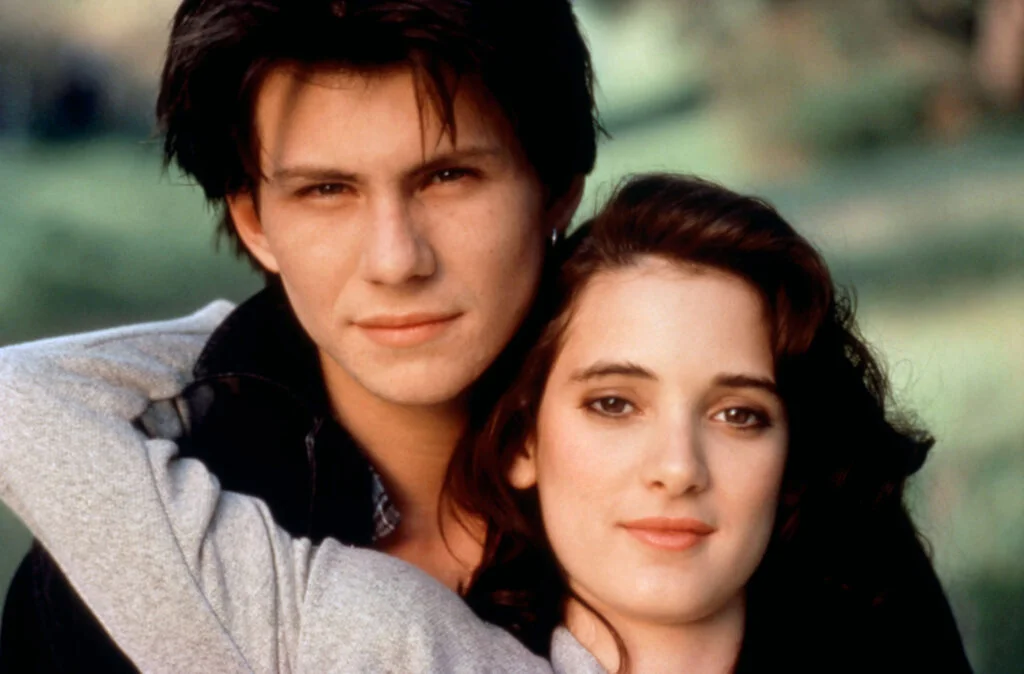
This pitch-black comedy took the “misfit fights back” narrative to its darkest extreme, with Winona Ryder’s Veronica Sawyer rejecting the cruel social hierarchy of her high school in increasingly dramatic ways. The film’s subversive take on teenage politics showed that sometimes the real rebellion isn’t trying to join the popular crowd but rejecting the very concept of popularity itself. Director Michael Lehmann and writer Daniel Waters created a wickedly smart critique of conformity that still feels dangerous and fresh decades later.
Veronica’s journey from reluctant Heather to independent thinker offered viewers a more complex version of the typical teen movie transformation. The film’s visual style – with its bold color palette and iconic costuming – has influenced fashion and filmmaking for generations, while its quotable dialogue (“What’s your damage?” and “How very”) has entered the cultural lexicon. Though it only earned $1.1 million during its theatrical run in 1989, Heathers became a cult classic on home video and remains one of the most influential teen films ever made.
9. Say Anything (1989)
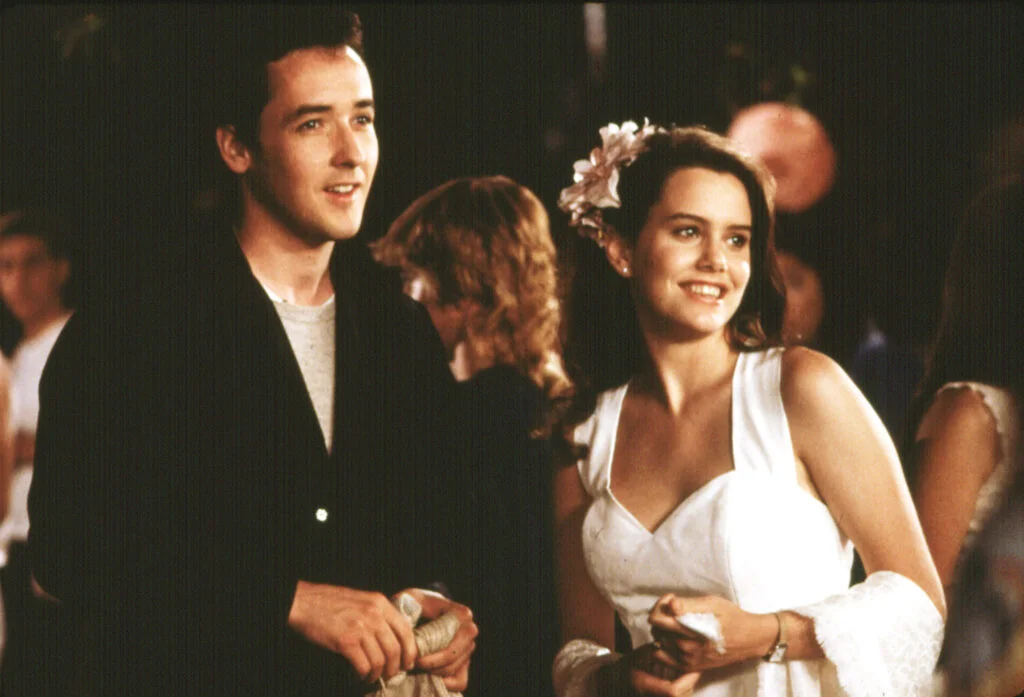
Lloyd Dobler stood outside Diane Court’s window holding a boombox over his head, and an iconic image of romantic devotion was born. Lloyd was the ultimate outsider – an average student with no career plans beyond kickboxing, daring to pursue the class valedictorian when everyone told him he wasn’t good enough. Cameron Crowe’s directorial debut captured the courage it takes to be yourself in a world obsessed with status and achievement, showing that authenticity can be more attractive than any résumé.
John Cusack’s performance as the earnest, philosophical Lloyd created a new kind of leading man – one whose strength came from emotional honesty rather than traditional masculine posturing. Released in April 1989, the film earned $20.8 million on a $16 million budget, but its cultural impact far exceeded its box office performance. Say Anything reminded us that sometimes the people who don’t fit neatly into society’s boxes are the ones most worth knowing, with Lloyd’s famous line “I don’t want to sell anything, buy anything, or process anything” becoming a rallying cry for those seeking meaning beyond materialism.
10. Pretty in Pink (1986)
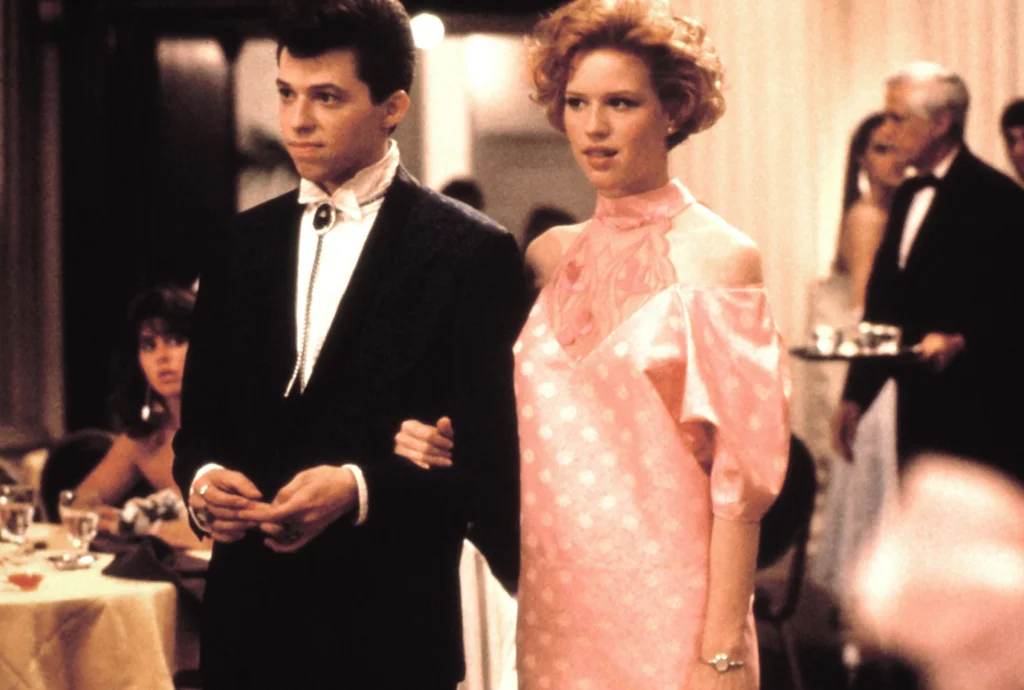
Andie Walsh navigated the harsh social divide between the “richies” and the working class with creativity, dignity, and incredible thrift-store fashion sense. Molly Ringwald’s third collaboration with John Hughes showcased a heroine from the wrong side of the tracks who refused to apologize for her background or change who she was to please others. The film’s honest portrayal of economic inequality in teen social hierarchies gave voice to viewers who rarely saw their financial struggles represented on screen.
Andie’s handmade prom dress became a symbol of turning limitations into creative opportunities, showing that personal style can be a form of resilience. With strong performances from Jon Cryer as the lovesick Duckie and Harry Dean Stanton as Andie’s struggling father, the film painted a nuanced picture of how economic circumstances shape but don’t define us. Released in February 1986, Pretty in Pink earned $40.5 million domestically and has remained relevant for its unflinching look at class differences and the courage it takes to cross social boundaries.
11. Weird Science (1985)
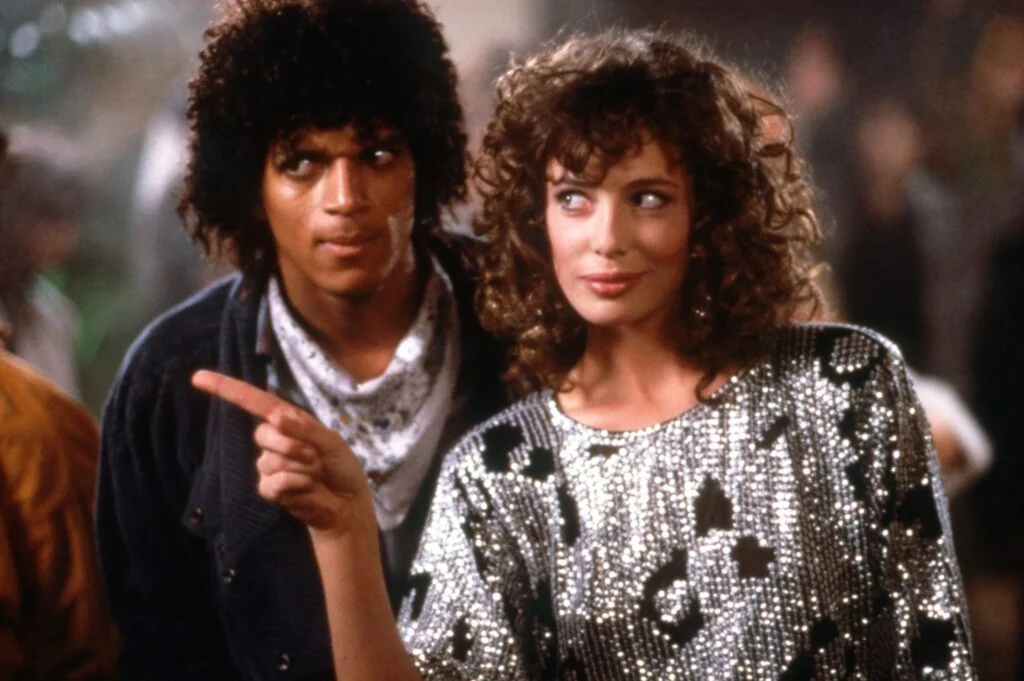
Two socially awkward teens use their computer skills to create the perfect woman, only to discover that what they really needed was someone to help them believe in themselves. John Hughes’ sci-fi comedy took teenage male fantasy and turned it on its head, as the magical Lisa (played by Kelly LeBrock) uses her powers not for the boys’ gratification but to push them toward greater confidence and maturity. The film’s outlandish premise served as a vehicle for exploring the very real insecurities of adolescent boys trying to find their place in the social hierarchy.
Gary and Wyatt’s journey from basement-dwelling outcasts to self-assured young men happens through a series of increasingly chaotic adventures that force them out of their comfort zones. Released in August 1985, Weird Science earned $23.8 million domestically and later inspired a television series that ran for five seasons. The film’s blend of teenage awkwardness, fantasy elements, and genuine heart made it a unique entry in the ’80s teen movie canon, showing that sometimes the geeks don’t need to inherit the earth – they just need to discover their own worth.
12. Some Kind of Wonderful (1987)
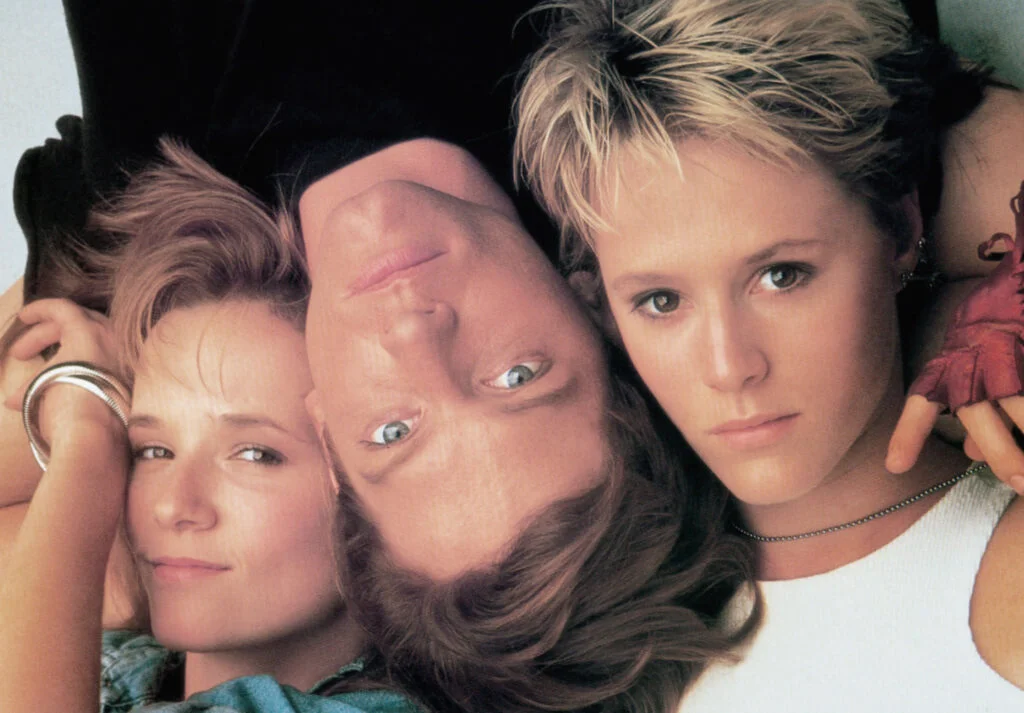
Keith Nelson was the blue-collar artist who dared to ask out the most popular girl in school, while his best friend Watts quietly pined for him from the sidelines. Howard Deutch directed this John Hughes-penned exploration of class differences, unrequited love, and the courage to follow your heart even when it leads you somewhere unexpected. The film subverted romantic comedy tropes by suggesting that sometimes the perfect match isn’t the dream date but the person who’s been beside you all along.
Mary Stuart Masterson’s performance as the tomboyish drummer Watts created an icon for girls who didn’t fit conventional femininity, while Eric Stoltz’s sensitive portrayal of Keith showed that artistic masculinity could be just as valid as the athletic variety. Released in February 1987, Some Kind of Wonderful earned $18.5 million domestically and has maintained a dedicated following among viewers who appreciate its more subtle approach to teenage social dynamics. The film’s final message – that wealth and status mean nothing compared to genuine connection – continues to resonate with anyone who’s ever felt like they were looking for belonging in all the wrong places.
The ’80s gave us permission to celebrate our differences and find power in our uniqueness, a message that feels even more relevant today. These films showed us that the outcasts, the weirdos, and the square pegs often have the most interesting stories to tell and the most valuable perspectives to share. So the next time you feel like you don’t quite fit in, remember that some of cinema’s most beloved characters were misfits too – and they didn’t just survive, they thrived.


